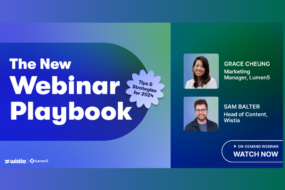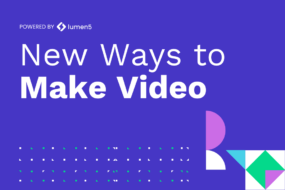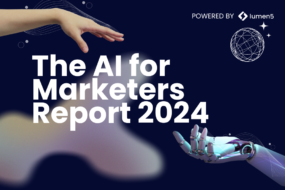
Ever feel like marketing is like playing a never-ending game of whack-a-mole? You’re constantly chasing trends on Instagram and trying to nail them on the head, but you’re just too little too late?
Or trying to revive that LinkedIn thought leadership spot by camping out in one position, but the LinkedInfluencers pop up around you left and right? Been there.
Enter: omnichannel strategy. A what now?
Omnichannel marketing isn’t just a buzzword to throw around in your next meeting. It’s a customer-first strategy that’s designed to meet your audience wherever they are, with consistent messaging, seamless cross-platform experiences, and content they actually want to see.
What is an Omnichannel Strategy?
Let’s break it down:
- Omnichannel = everywhere your customers are: social media, email, websites, ads—you name it.
- Strategy = planned and purposeful outputs, so it doesn’t feel like your channels are running on different planets.
💡 It’s not about spamming every channel and hoping for the best. It’s about creating a unified experience that makes your B2B brand feel like a trusted friend—whether someone sees your content on TikTok, gets your email newsletter, or visits your website.
Why do Brands Need this?
Because your audience already expects it. 73% of B2B buyers seek an omnichannel experience. Customers today move across platforms faster than you can say “algorithm change,” and if your messaging doesn’t follow them, they’ll move on to someone who can keep up like the Kardashians.
Some food for thought:
- 90% of customers expect consistent interactions across all channels (Adobe)
- Companies with strong omnichannel strategies retain 89% of their customers, compared to 33% for those with weak strategies (Aberdeen Group)
- Consumers use an average of almost six touch-points with nearly 50% regularly using more than four. (Marketing Week)
The Role of Video in Omnichannel Strategies
Here’s where it gets good: video is the MVP of omnichannel content. Why? Because it’s versatile, engaging, and easy to repurpose or recreate across all platforms.
Picture this: You’re scrolling through LinkedIn and come across a short, snappy explainer video. Minutes later, you’re on Instagram and see the same brand, but this time they repurposed the video into bite-sized reels. Then, you’re on YouTube, and boom—there’s a longer, in-depth version of the same content tailored for thought leadership.
By integrating video across platforms, you’re not just telling your story; you’re meeting your audience wherever they are, in the format they want.
For example:
- Social media? A snappy, 15-second clip grabs attention.
- Email campaigns? Embed a video for higher click-through rates.
- Your website? An explainer video keeps visitors engaged longer.
With a tool like Lumen5, you can create videos once and repurpose them for every channel, so you’re saving time while scaling your efforts. (You’re welcome.) An omnichannel strategy isn’t just nice to have—it’s a necessity. It’s how you stay relevant, build loyalty, and meet your audience where they are. And when you add video to the mix? You’re unstoppable.






